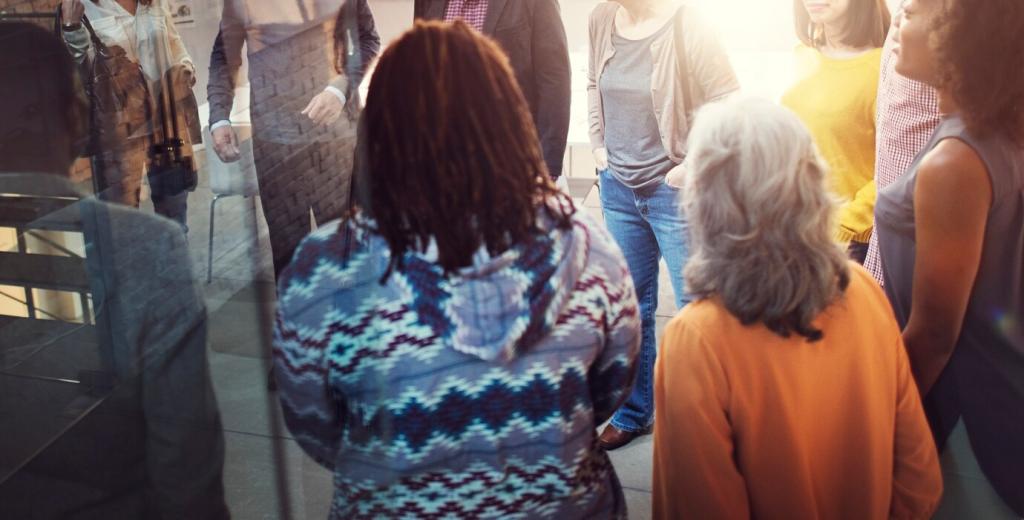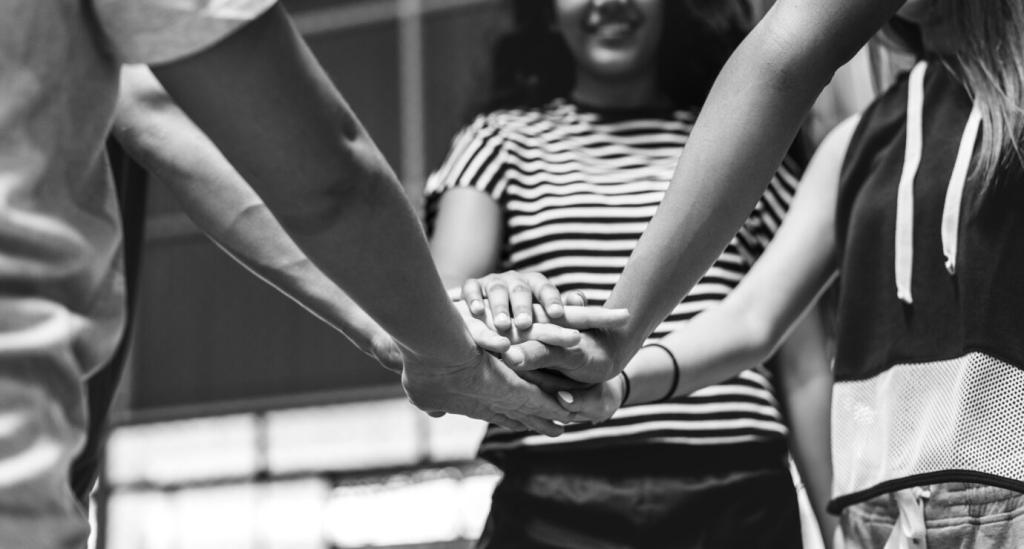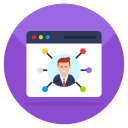How Social Programs Narrow the Gap
Chosen theme: The Role of Social Programs in Reducing Inequality. Welcome to a warm, evidence-informed look at how well-designed public initiatives can expand opportunity, protect dignity, and help every community member move closer to a fairer, freer life.

What We Mean by Social Programs and Inequality
Social programs are public or community-backed initiatives—like income supports, childcare, healthcare, housing, and education—created to safeguard people against shocks and structural disadvantages, while expanding long-term opportunity.
These programs target multiple dimensions of inequality, from income and wealth gaps to disparities in health, schooling, digital access, and neighborhood safety, aiming to ensure fairness is more than a hopeful slogan.
Recent crises revealed how fragile many households remain. When jobs vanish or prices rise, social programs cushion the fall, stabilize communities, and accelerate recovery with targeted support people can actually access.
Evidence from Around the World
Latin America’s Conditional Cash Transfers
Programs inspired by conditional cash transfers improved school attendance and nutrition by rewarding families for education and health checkups. People described relief, predictability, and restored pride as immediate, life-shaping impacts beyond the payments.
Northern Europe’s Universalism
Universal childcare, healthcare, and parental leave lower family stress while broadening participation in the workforce. The result is not only reduced inequality but a culture that values everyone’s contribution, from early childhood onward.
Community-Level Success Stories
In one rural town, a library-led digital skills program put refurbished laptops into homes. Parents could fill out forms confidently, teens applied to scholarships, and neighbors shared tips—proof that small programs can change horizons.
Design Principles that Make Programs Work
Targeting stretches scarce resources, but can create stigma and administrative hurdles. Universal models build broad support and simplicity, yet require strong financing. Many successful systems blend both, minimizing exclusion while keeping access straightforward.
Implementation That Reaches People
Mobile payments and online portals speed support, yet offline options are essential. Community kiosks, helplines, and trusted intermediaries ensure people with limited connectivity can still enroll and receive benefits smoothly.

Measuring Impact Honestly
Beyond poverty thresholds, track well-being indicators like food security, school progression, healthcare access, stable housing, and time saved. These outcomes capture progress people can actually feel in their daily lives.
Human Stories Behind the Data
A Parent’s Relief
A childcare subsidy let one parent switch from night shifts to training hours. She described sleeping again, reading with her son, and finally interviewing with energy instead of exhaustion.
A Young Graduate’s Leap
A first-generation student received a transit pass and textbook grant. With late buses covered and costs eased, he took extra lab hours, joined a mentor program, and landed a paid internship.
A Small Business Ripple
A microgrant replaced a broken oven in a neighborhood bakery. The owner rehired a part-time worker, donated leftover bread to a shelter, and sponsored a youth team, multiplying benefits across the block.

This is the heading
Lorem ipsum dolor sit amet, consectetur adipiscing elit. Ut elit tellus, luctus nec ullamcorper mattis, pulvinar dapibus leo.

This is the heading
Lorem ipsum dolor sit amet, consectetur adipiscing elit. Ut elit tellus, luctus nec ullamcorper mattis, pulvinar dapibus leo.
